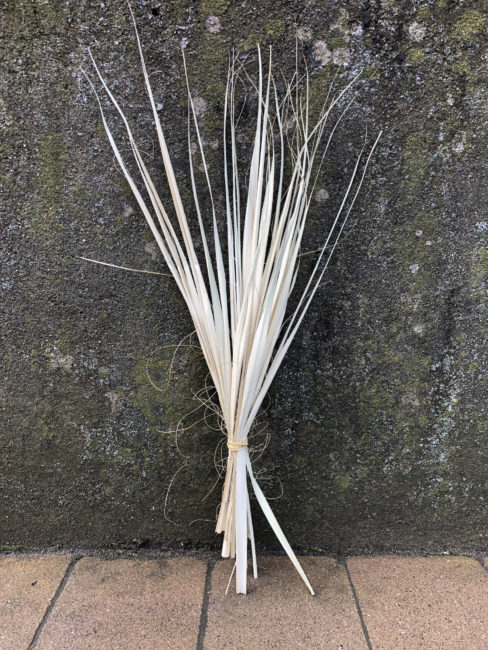From time to time this year, a parishioner has asked me how the construction is going on the park next to our apartment. Most of the time, the answer has been, “Well, it’s really… not!” Not much gets done in the world of landscape construction when the ground is frozen. But now that it’s spring and work has started again, I’m reminded how much the work of a construction site can resemble the unfolding of our spiritual and emotional lives.
Sometimes the work is slow and unpredictable, as months pass by without any noticeable change. Sometimes it’s grating, even painful, as you’re awoken by the noise of a front-end loader dumping chunks of concrete into a dump truck at 6:45am. Sometimes it feels like a loss, as you watch a clawed behemoth rip shrubs from the dirt root and branch and listen to the sparrows who made their homes in them chirp forlornly from the wreckage. Sometimes it’s rather grim, as you look at your window for six months on what was once a beautiful green park and is now a heaping pile of dirt, wondering what they’re trying to do beneath the surface, what new plumbing is being installed in the trenches they must dig so early in the morning, before knocking off for the day at ten.
It’s a bit cheesy to write something for a church newsletter with the segue, “And isn’t it like this with God?” But—bear with me for a moment—isn’t it like this with God?
My spiritual life has never (never!) progressed in a straight line for more than a week or two. Sure, there are sometimes bursts of rich prayer in which I feel like I’m drawing closer to God, or times when I feel like I’m really on the right track, I’m really growing into a kinder or more loving or more compassionate person. But these moments are like the uneven activity in the park next door: brief flares of energy punctuating long periods of waiting.
And sometimes, in the more difficult and ultimately most fruitful parts of our lives, things can really be difficult. We can feel as though we’ve lost something we once had. We can feel as though the rich, green park that was once our prayer (or personality, or friendship) is now a vast expanse of dirt; as though something is being ripped up or stripped away, as if trenches are being dug in our souls and we don’t know when it will end, or how.
And yet in and through all this discomfort, real work is being done. It’s as true of spiritual growth as it is of construction that only superficial change can happen through small improvements to the surface. If you’re to really grow, God sometimes needs to rip up all the grass, dig some trenches through the dirt, and lay a few pipes to improve your drainage.
Faith is “the assurance of things hoped for, the conviction of things not seen.” (Hebrews 11:1) And while I hesitate to express faith in the ultimate competence of any municipal government, it’s fair to say that—in construction as in prayer—this is the only thing that will see you through: the assurance that what is being built will be worth it, that it will be even better than what was lost, that in God’s own time, you are being renewed and transformed into a more loving, more compassionate, more humble version of yourself—however many supply-chain issues and delays there may be along the way.


